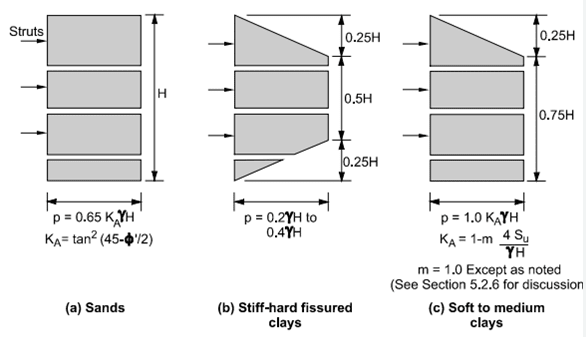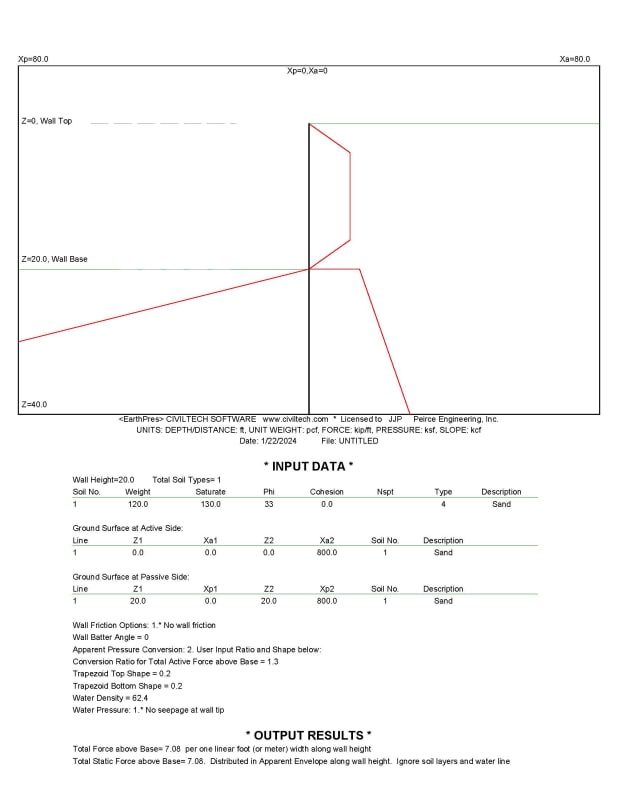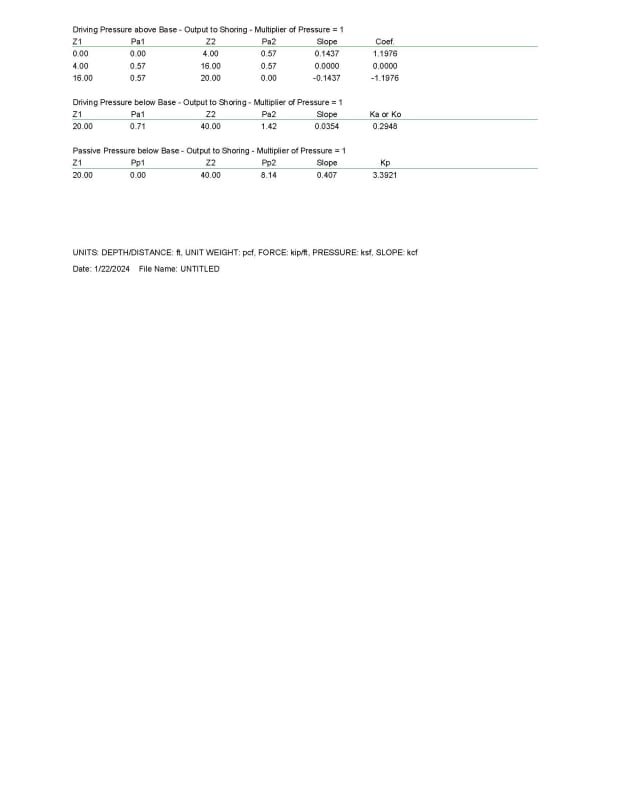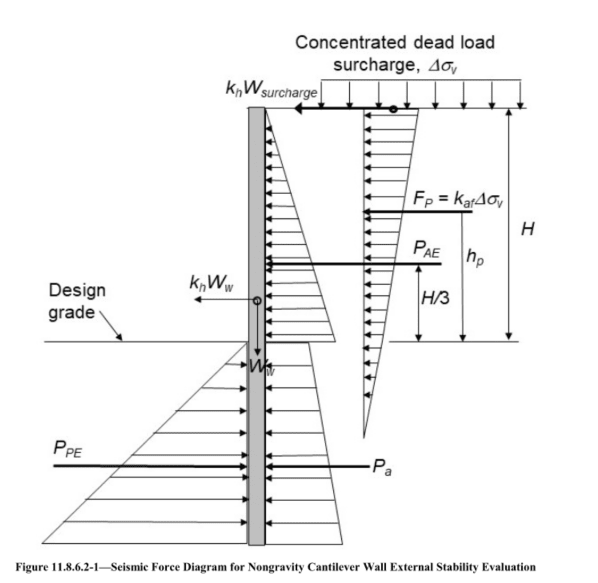DanielSgeo
Geotechnical
AASHTO LRFD bridge design specs show the AEPs we are all familiar with in chapter 3. But active pressure goes to 0 at the grade in front of the wall. It’s unclear to me, according to AASHTO, whether the passive in front of the wall should be reduced by the active pressure on the back of the piles. I think logic says that if the wall is moving laterally to engage passive, that there is an active (or at rest) pressure acting on the back side, much like we would do for a cantilevered wall. Thoughts?




